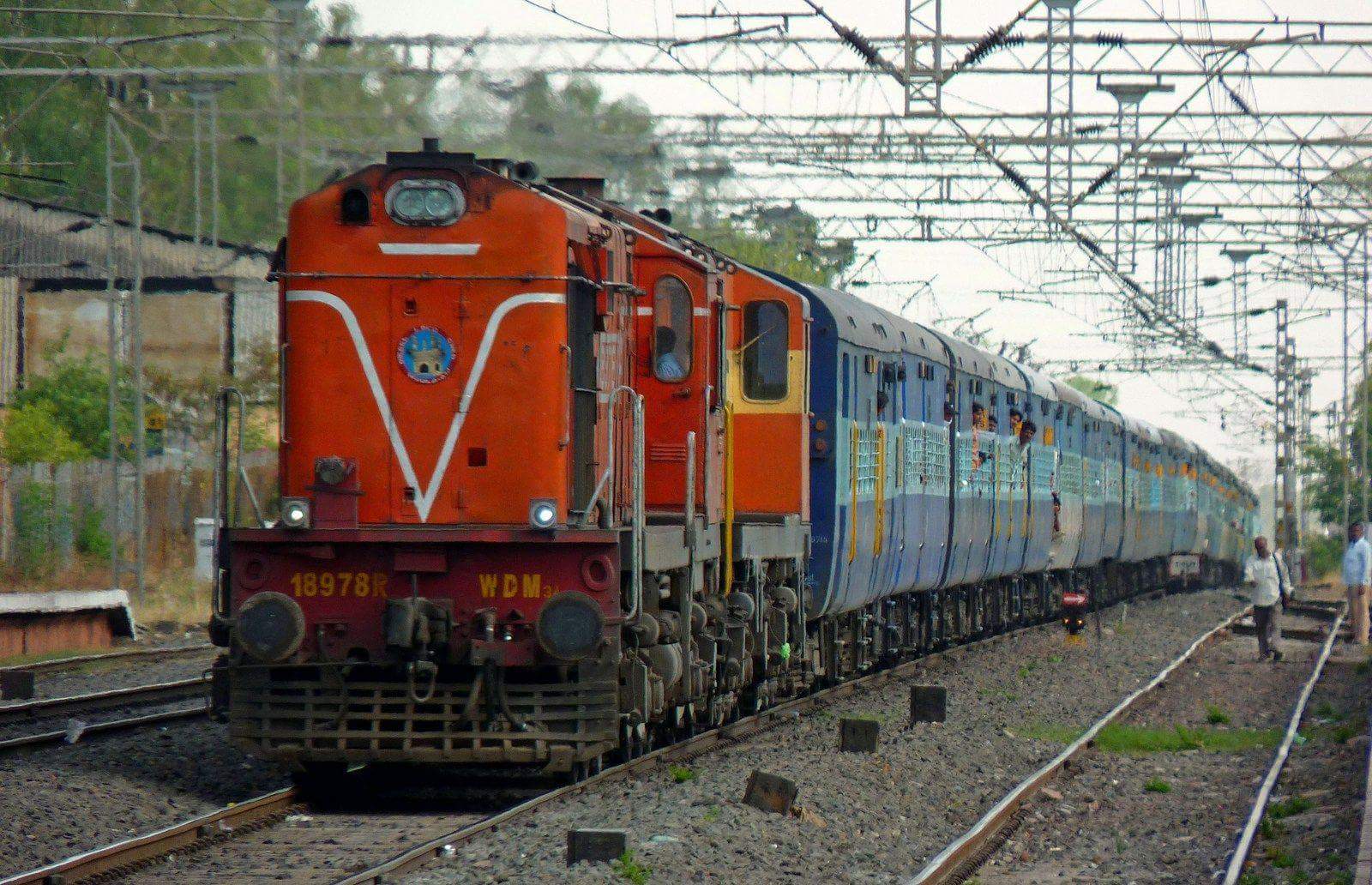Catering to a population of 1.3 billion people, the Indian Railways is one of the largest organisations in the world. It is the ninth largest employer in the world. For such a large organisation, it is crucial for splitting into smaller zones it regions to ease the management and operations of this massive organisation.
The headquarters of the North Eastern Railways is Gorakhpur, located in Uttar Pradesh. It includes the Lucknow, Faizabad and Varanasi divisions, as well as the newly reorganised Izzatnagar section.
History
The two railway systems of Oudh and Tirtut were combined with Assam Railway and the Provincial State Railway of Bombay, Baroda and Central India. The Cawnpore-Barabanki Railway was only added to the North Eastern Railways in 1953. In 1958, the North Eastern Railways were broken into two different zones, the North Eastern Railways and the North Eastern Frontier Railway. The lines which were to the east of Katihar in the eastern part of Bihar were transferred over to the Frontier Railways.
Recent Advancements
By 2017 December, the GPS-active Fog Pilot Assistance systems were installed. These signalling devices were essential in four zones, the Northern Railway Zone, North Western Railway Zone and the North Central Railway Zone. Due to lower temperatures, mist and fog-like conditions are rampant, and such devices were the need of the hour. Previously, firecrackers were used on the train track to warm the drivers about signals and crossing gates and would cause it to run at a snail’s pace.
Area Covered
The North Eastern Railway zone covers a distance of nearly 3400 kilometres and passes through almost 500 stations. Uttar Pradesh, the western part of Bihar and Uttarakhand are the main areas that are covered by this Railway. It goes along the Nepal border and up to Varanasi in the south.
Cultural Importance
The North Eastern Railways pass through a number of famous towns and cultural centres. They are incredibly important for those who want to reach these heritage spots from the South or any other part of the country.
Varanasi: Located on the banks of the Ganges, it is one of the most religious spots in the country. It is one of the seven sacred locations in both Jainism and Hinduism, and also played a crucial role in the development of Buddhism and Ravidassia.
Ayodhya: Believed to be the birthplace of Rama, it is a pilgrimage site for Hindus, Jains and Buddhists. It is one of the Saptapuri or the seven most holy places of Hinduism.
Sarnath: Locate at the meeting point of the Ganga and Varuna rivers; it is a pilgrimage site for Buddhists and Jains. The deer park is believed to be the spot where the Sangha of Buddhists came into existence due to the enlightenment of the Kondanna. It is thought that the Isipatana is the location where Buddha taught the four noble truths after he had achieved enlightenment.
With recent advancement in technology and the internet, features such as pnr check have been implemented throughout the railways. You can find the exact location and live timings of trains, making the life of the common man much easier.
